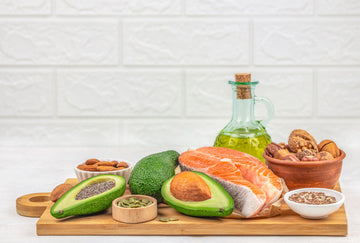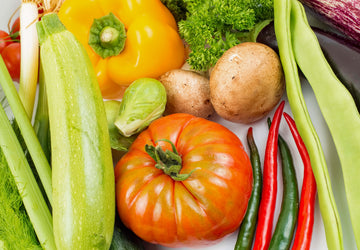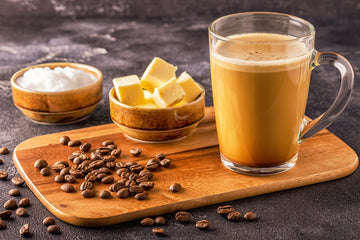In addition to a balanced diet, exercise plays a key role in maintaining health. In the past, rest was the order of the day after operations, but today doctors recommend exercising as soon as possible. After just a few days of bed rest, the body loses muscle mass and synovial fluid. People know about this connection and the saying "if you don't use it, you lose it" sums it up well. Whether it's an artificial joint replacement for the knee or hip or a slipped disc - patients are "shooed" out of their hospital bed as soon as possible and sent to rehab.
It is best not to let it get to the point where surgery is required. Everyone would like to remain mobile into old age without medical intervention. But as soon as something hurts or the joints just creak, many people fall into a supposedly healing protective posture. But that is completely the wrong approach, as only strong muscles, sufficient synovial fluid and intact cartilage as "shock absorbers" ensure pain-free movements in the long term. If you rest for a long time, your muscles and cartilage atrophy and your joints become stiff. Both of these increase the pain, which then limits mobility - a vicious circle that needs to be broken as early as possible.
This is where glucosamine comes into play. Chemically speaking, the amino sugar is a derivative of glucose. In the human body, glucosamine is found in connective tissue, cartilage and synovial fluid. As a component of this "joint lubricant", it works together with chondroitin, hyaluronic acid and collagen to ensure that our joints remain flexible. The human organism does produce glucosamine itself, but unfortunately the body's own production declines significantly with age. The protein compound is also found in crustaceans, mussels and cartilaginous fish. However, these are rarely on the menu in regions far from the coast. In contrast to the past, sausage and meat preparations today hardly contain any cartilage and connective tissue. As a result, most people do not consume enough glucosamine in their diet.
If there is too little glucosamine, there is often also a lack of synovial fluid. If this lubricant is missing, bone rubs against bone. The consequences range from stiff fingers and swollen knees to stabbing pain in the hip, shoulder and/or back. In addition, the cartilage wears out and can no longer perform its cushioning effect, which leads to further pain. Clinical studies have proven the cartilage-protecting effect of glucosamine. Sufficient glucosamine doses can relieve the symptoms of mild to moderate knee osteoarthritis. Glucosamine hydrochloride is very effective - a purely natural product obtained from shellfish. It stimulates the formation of new cartilage cells and the production of synovial fluid. In short: glucosamine is literally a balm for our joints.





